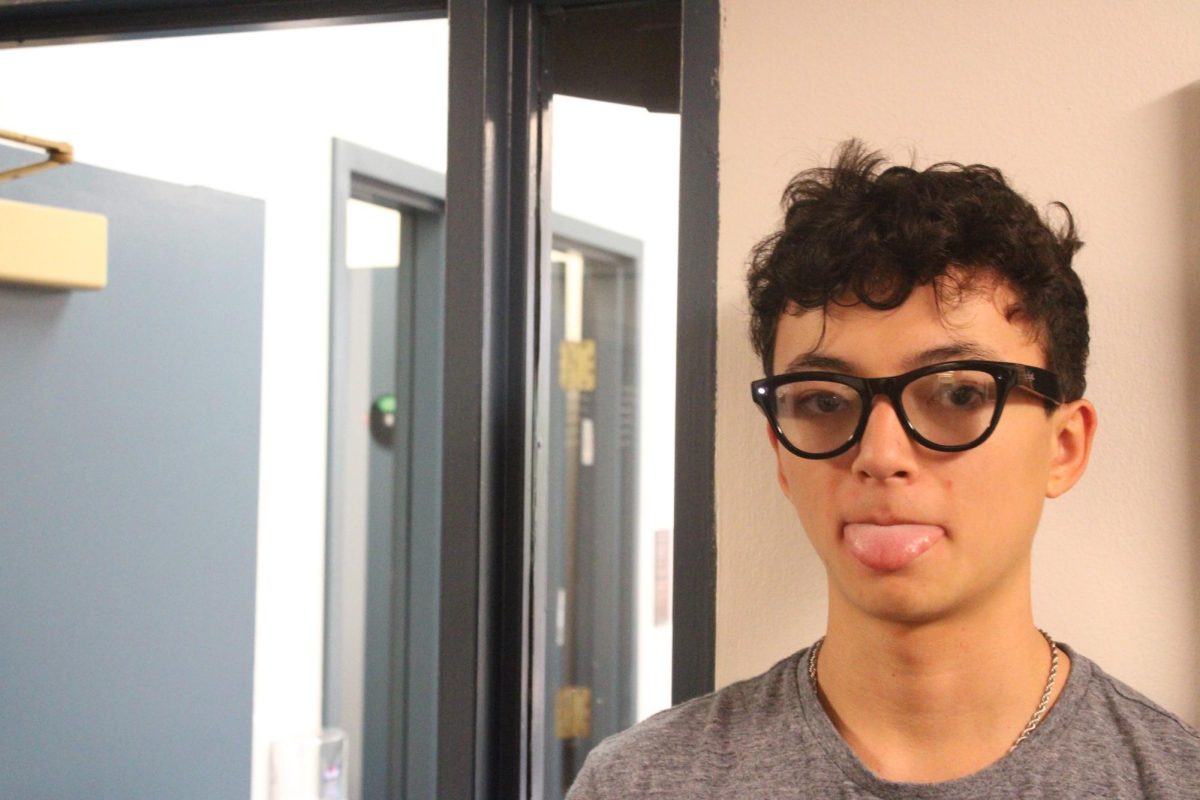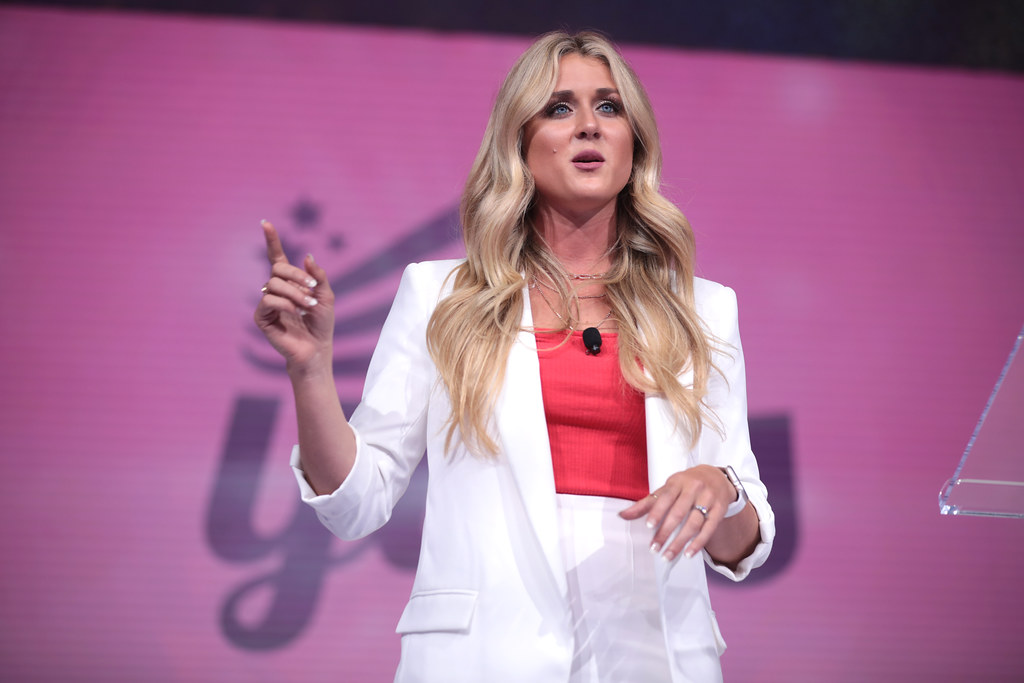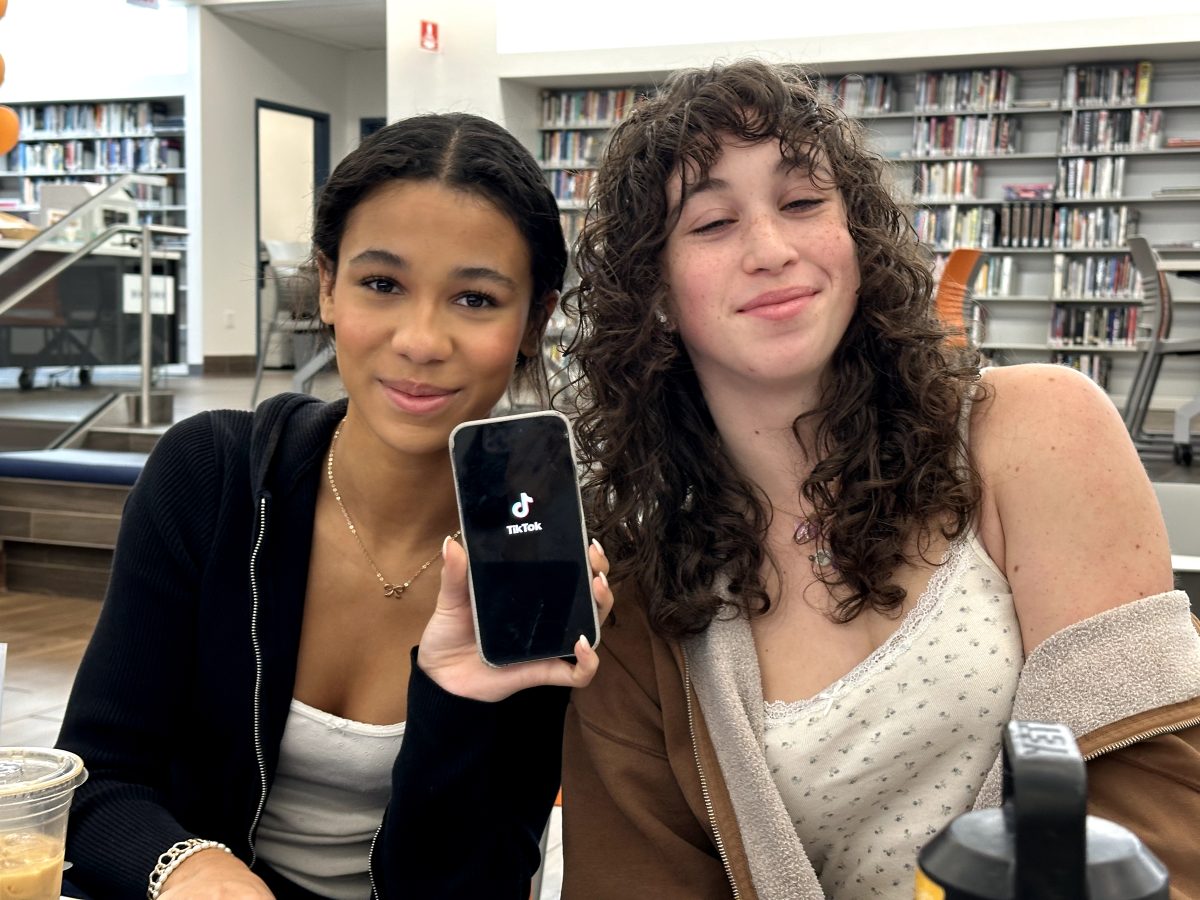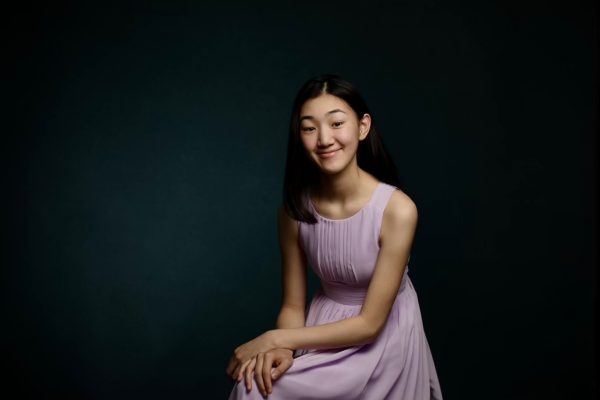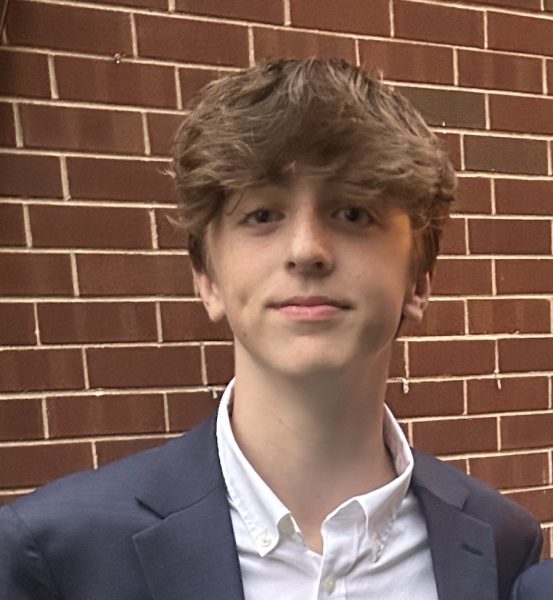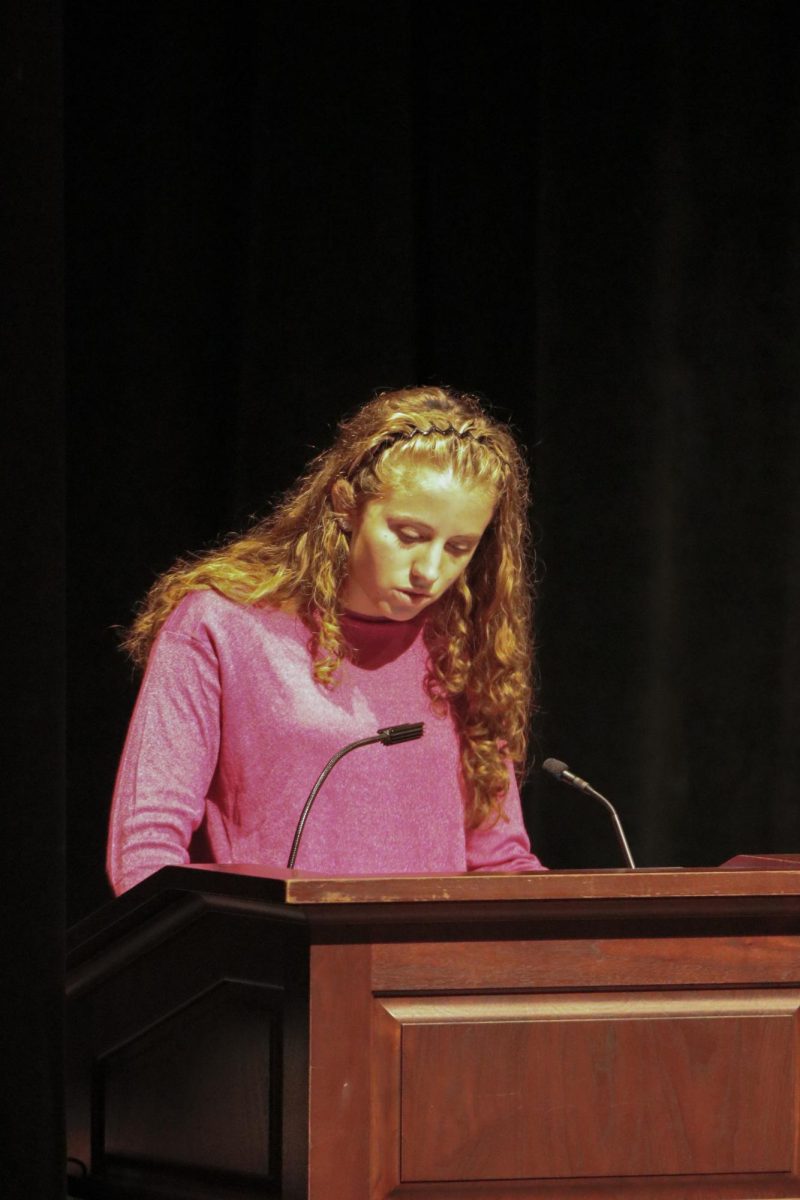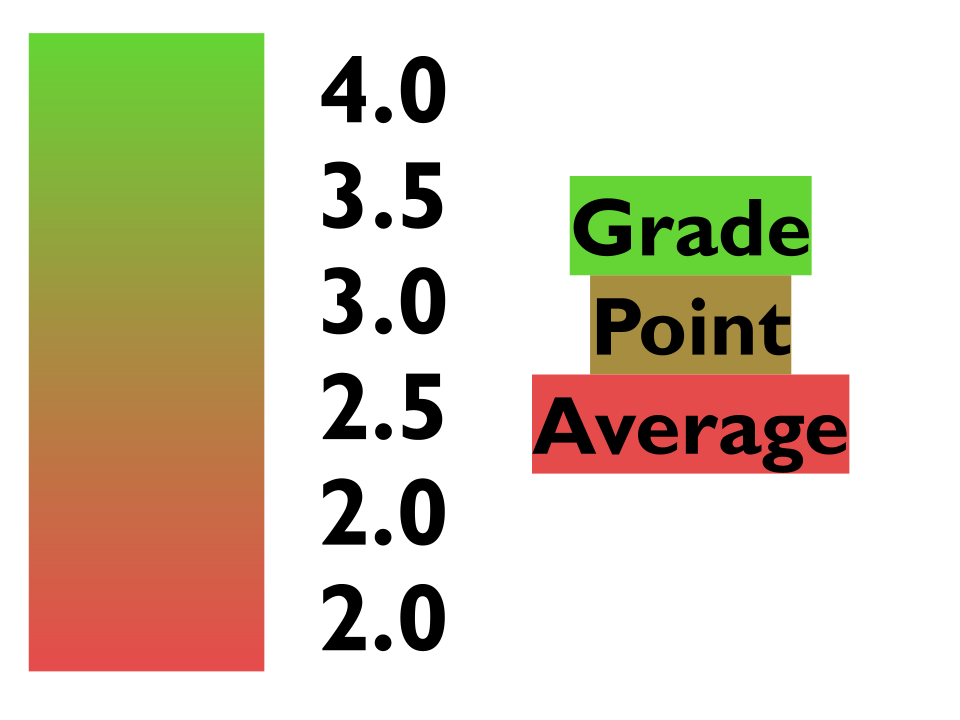Possible restrictions over apps such as TikTok and Instagram, designed to address growing concerns about social media’s impact on mental health, have stirred a debate over social media’s influence on Latin students’ social and extracurricular lives. As students, parents, and teachers navigate the effects of social media on teens’ well-being, the pros and cons of the new policies highlight the complexity of balancing connection with caution.
One such restriction follows Illinois’ lawsuit against the social media platform TikTok on Oct. 8. Illinois is the 13th state, in addition to the District of Columbia, to join a wave of suits that began in 2022, accusing TikTok of harming teenagers’ mental health. The Illinois lawsuit specifically accuses TikTok of exploiting psychological vulnerabilities in children and teens, violating consumer protection laws, and seeks both monetary penalties and injunctive relief.
These lawsuits against TikTok follow research examining the effects of social media, including a study mentioned in Yale Medicine with teens ages 12 to 15. Researchers concluded that “those who used social media over three hours each day faced twice the risk of having negative mental health outcomes, including depression and anxiety symptoms.”
TikTok responded to the lawsuit by disputing the claims and outlining safeguards it has implemented for minors, including screen time limits, enhanced privacy controls for users under 16, and a “family pairing” feature that allows parents to monitor usage and set additional controls.
Critics of TikTok may feel its commitment to user safety doesn’t go far enough, but the social media platform has plenty of supporters who warn that a potential ban would have negative repercussions.
For content creators such as senior Ellie Anderson, losing this platform would limit their ability to promote their image and reach a broad audience. On Ellie’s account @ellieselements_, she posts running vlogs, and her comedic and aesthetic content. On @_yougt_, she posts hype videos for athletes. “I thought TikTok and Instagram [were] such great way[s] to get that onto people’s screens quickly to spread hype vibes,” she said.
Senior Lucinda Winlaw is another Latin student who uses social media to promote her business, selling homemade apparel on TikTok Shop, a marketplace built into the app. Although she accepts orders on Instagram as well, a ban on TikTok would cut into her revenue.
Junior Miles Ray said TikTok can be beneficial for content consumers as well. “I’ve learned a lot of tidbits of information on TikTok that could help me in the future,” he said.
Miles also remains skeptical that the lawsuit will lead to meaningful change. “I think it’s a general attempt to reduce children’s screen time, but another app will just pop up to take its place,” he said.
TikTok isn’t the only social media platform that has been forced to address charges about it negatively affecting teens’ mental health. Starting in January, Instagram plans to create a new “sleep mode” imposed on teen users from 10 p.m. to 7 a.m.
Instagram explained that the parental supervision settings will allow parents to “approve and deny their teen’s requests to change settings or allow teens to manage their setting themselves.” In addition to controlling teens’ time spent on Instagram, the new policy will increase parental oversight for direct messaging and allow parents to control their children’s privacy settings.
Despite the potential for worsened mental health, especially for teenage girls, some students, including junior Ellie Falk, feel that limitations may be unnecessary. “Misinformation or hatred invokes emotions in me, but most of the time I feel the same as I did before being on the app,” she said.
Although the increase in monitoring eases some parents’ anxieties, other parents, like Upper School science teacher Jonathan Legendre, acknowledge other consequences of setting limits for children. “Anytime there is something that adolescents want that is off-limits, you can get some kids whose families [make] it easier to skirt the rules, and others whose families are more strict, which can create harsh social dynamics,” Mr. Legendre said.
Instagram’s restrictions present additional challenges for clubs and affinity groups at Latin. Senior Francesca Santori, head of the Latin American Student Organization (LASO), noted that the platform has helped her club connect with other schools and reach students who may not be able to engage with the club in person.
“[Instagram] allows us to connect with other schools and showcase our affinity to people who may not see it otherwise,” she said. “I think eliminating social media would make interacting with other affinities in other schools more difficult.
Along with clubs, students committed to activities outside of school also rely heavily on Instagram to connect with others. Sophomore Arden Brown, co-founder of the non-profit Living Outside, uses her organization to combat the stigma of homelessness while providing necessary goods for unhoused people.
“Much of our growth is attributed to Instagram because it has helped us grow a platform, connect with other organizations, and spread out a message to people outside our community through Instagram’s public account settings,” Arden said.
As a result of Instagram’s influence on Living Outside’s growth, Arden worries about how the new policy will affect their outreach. “When more people are limited in their social media usage, it becomes harder for us to grow our platform and combat the issues we are tackling,” she said.
Social media remains a primary tool for communication and connection for many. Ellie Falk said, “When I am on my phone, I feel a little bit more connected to the world.”
Mr. Legendre agreed with her. “The way kids are social these days is through social media,” he said. “Just because I don’t understand it doesn’t make it bad. I do think limits are good, but I never felt that my kids are consumed by [social media].”
Sophomore Emma Dougherty admitted it’s “so easy to keep scrolling.” Emma explained that she tends to be on TikTok for one to two hours a day. “It makes me happy when I’m scrolling, but when I’m with friends I know I’m going to be in the moment with them,” Emma said.
Upper School history teacher Jeremy Goodman suggested setting personal limits. “Having specific times during the day when you either turn off your phone or make sure you’re not using it is helpful,” he said. “I do think there should be some regulation about the algorithms and the addictive nature of social media.”
From the viewpoint of Upper School counselor Jane Knoche, it is important to be mindful when online. “Notice what you’re feeling or noticing in your mind or body while you scroll, and set boundaries about how long you will be on social media,” she said.
As discussions about social media’s impact and potential restrictions continue, many students are already navigating their own ways to manage screen time. “I’ve learned that I just need to put it down because I will get sucked in,” Emma said.





